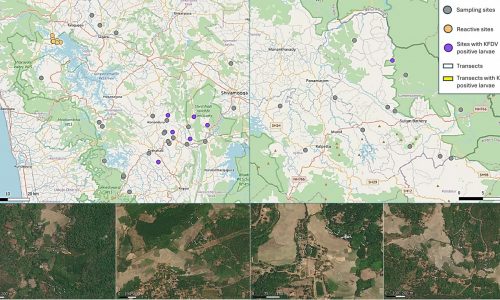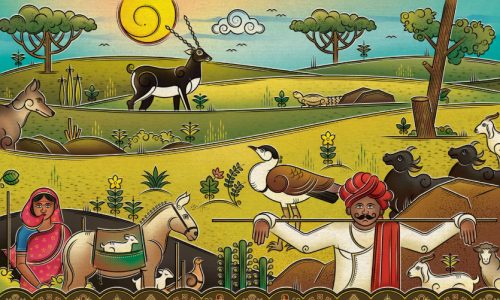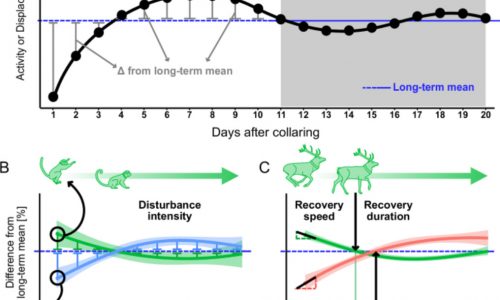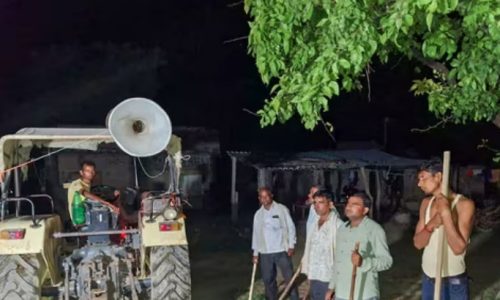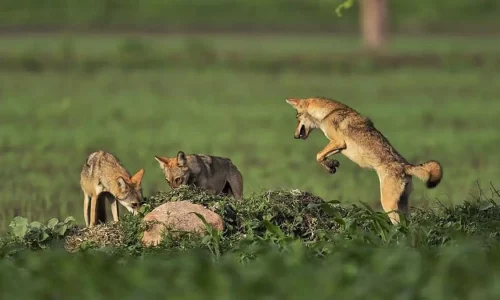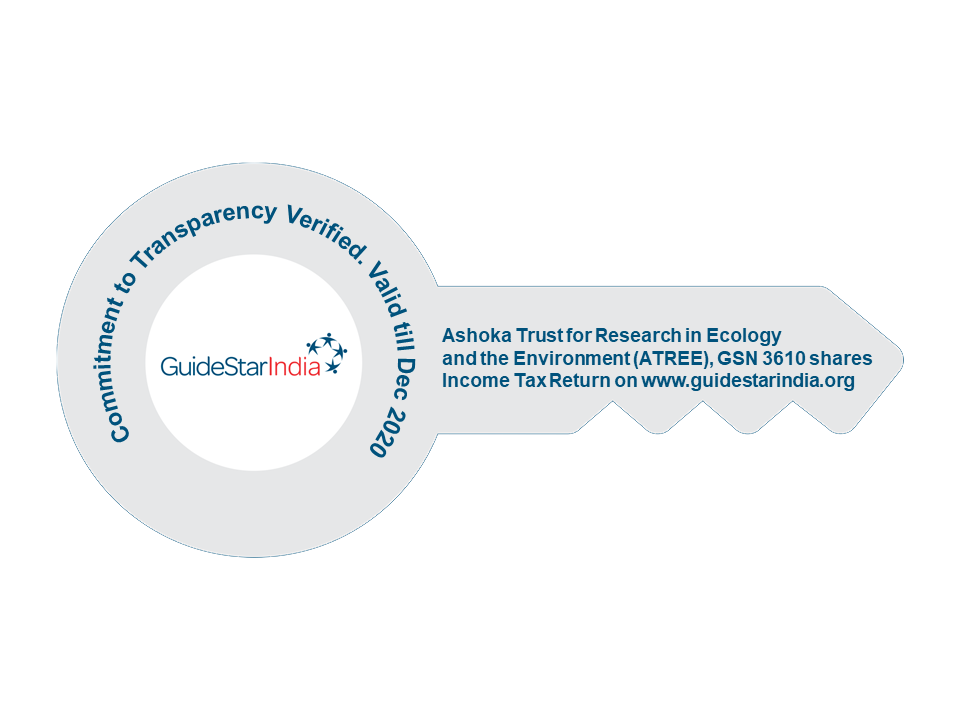A. Katna, A. Kulkarni, M. Thaker, A. T. Vanak
Journal of Zoology | September 30, 2021
Space-use patterns of animals are a fundamental measure of resource requirements and constraints. In some human-modified landscapes, especially agroecosystems that depend on both rainfall and irrigation, drivers that influence animal space use can show unexpected spatial and temporal patterns due to anthropogenic activities. Animals living in such landscapes are expected to respond to changes in their environment by altering home-range sizes and habitat selection at multiple scales. We used movement data from a guild of mesocarnivores to determine how home-range size and habitat selection differ across species and seasons in a complex agroecosystem in Central India. Based on high-resolution location data from golden jackals (Canis aureus), jungle cats (Felis chaus), and Indian foxes (Vulpes bengalensis) over a period of ~3 years, we found that home-range sizes scaled with body mass as expected, with high intra-species variability. Seasonal home ranges of golden jackals, jungle cats, and Indian foxes varied from 3.1 to 23.7 (mean = 12.3 ± 1.6), 1.01 to 26.48 (mean = 5.9 ± 0.9), and 1.16 to 10.71 (mean = 4.3 ± 0.5) km2, respectively. Contrary to expectations, home-range size did not vary significantly with season, suggesting that agricultural activities may dampen typical seasonal variations in resource availability and distribution. Site fidelity in seasonal home ranges for golden jackals, jungle cats, and Indian foxes was high (seasonal overlaps = 0.94 ± 0.01, 0.89 ± 0.02 and 0.81 ± 0.03, respectively). We also found that the habitat specialist Indian fox primarily selected for remnant native grasslands and plantations, whereas the generalist golden jackal and jungle cat selected more human-modified land cover types at both the landscape and home-range scales. This study highlights the importance of maintaining natural habitats within production landscapes, especially for habitat specialists, which are more constrained in their requirements than generalist species.



